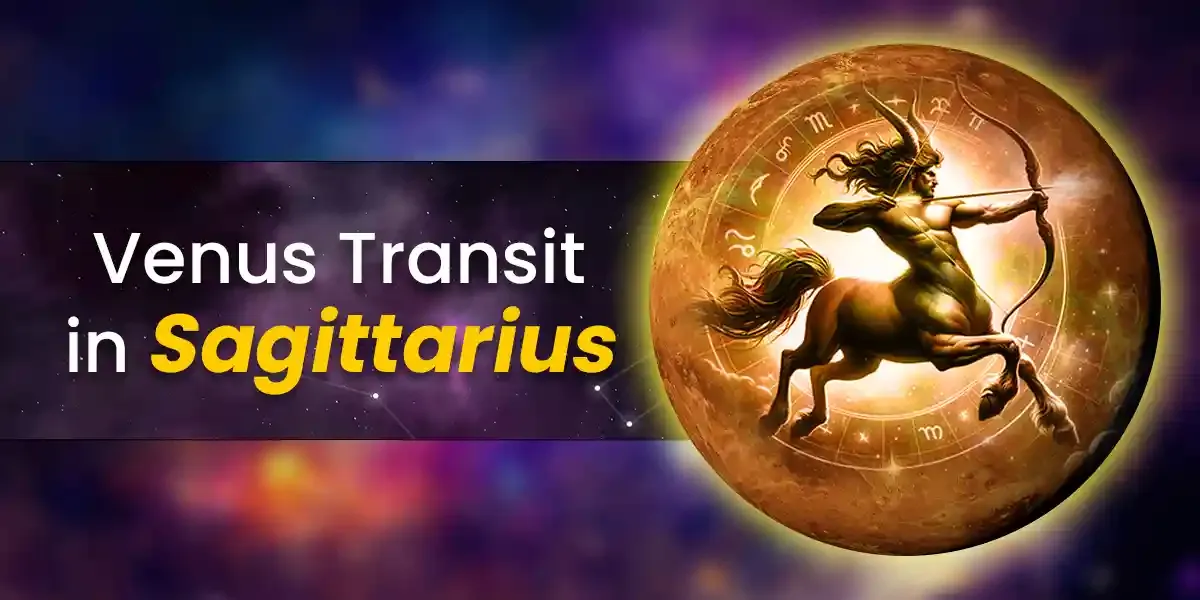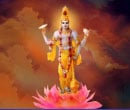
Monday, December 15, 2025 Paksha:Krishna Tithi:Ekadashi
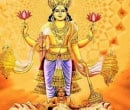
Tuesday, December 16, 2025 Paksha:Krishna Tithi:Dvadashi

Thursday, December 18, 2025 Paksha:Krishna Tithi:Chaturdashi
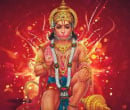
Friday, December 19, 2025 Paksha:Krishna Tithi:Amavasya

Friday, December 19, 2025 Paksha:Krishna Tithi:Amavasya

Sunday, December 21, 2025 Paksha:Shukla Tithi:Dvitiiya

Sunday, December 21, 2025 Paksha:Shukla Tithi:Dvitiiya
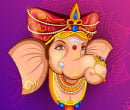
Wednesday, December 24, 2025 Paksha:Shukla Tithi:Chaturthi
Shardiya Navratri, the auspicious nine-day festival, is dedicated to the worship of the magnificent Goddess Durga. This Hindu festival is dedicated to celebrating Goddess Durga and her nine different avatars, which are known as Navdurga. Also known as the Maha Navratri.
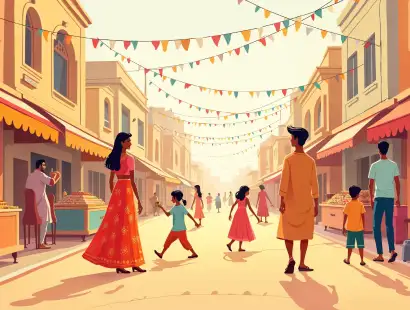


Duration - 03 Hours 54 Mins
Ghatasthapana Muhurta falls on Pratipada Tithi Ghatasthapana Muhurta falls during prohibited Chitra Nakshatra Ghatasthapana Muhurta falls during prohibited Vaidhriti Yoga
Vaidhriti Yoga Begins - 10:02 PM on Oct 10, 2026 Vaidhriti Yoga Ends - 09:05 PM on Oct 11, 2026
Pratipada Tithi Begins - 09:19 PM on Oct 10, 2026
Pratipada Tithi Ends - 09:30 PM on Oct 11, 2026
Pooja Vidhi and Its Significance
Shardiya Navratri is believed to be the most significant and well-known among all the Navratris. On this festival, all the devotees worship the Goddess for nine days, observe fast, and do the Navratri Kanya Pujan on the last day.
During these nine days, the divine deity is believed to listen to all the prayers and grant boons to the devotees. This festival is a grand spectacle of devotion, culture, and tradition in India.
Shardiya Navratri 2025 Date And Time: A Must-Know Guide
Shardiya Navratri, also popularly known as Ashwin Navratri, will be celebrated from 22 September 2025, Monday till 2 October 2025, Thursday.
When Should You Perform Ghatasthapana?
Kalash Sthapana, or establishing the Kalash, is one of the most important rituals during Shardiya Navratri. Ghatasthapana marks the beginning of Navratri. This ritual is performed on Pratipada Tithi, i.e., the starting day of Navratri. It is best to avoid Chitra Nakshatra and Vaidhriti Yoga for doing Ghatasthapana; however, those are not prohibited.
Here are all the important Shardiya Navratri 2025 dates and timings.
Shardiya Navratri Ghatasthapana- 22nd September 2025 (Monday)
Ghatasthapana Timing - 06:09 AM to 08:05 AM (Duration time - 01 Hour 56 Mins)
Ghatasthapana Abhijit Timing - 11:49 AM to 12:37 PM (Duration time - 00 Hours 49 Mins)
Pratipada Tithi (Starts) - 01:23 AM, 22 September 2025
Pratipada Tithi (Ends) - 02:55 AM, 23 September 2025
Kanya Lagna (Starts)- 06:09 AM on 22 September 2025
Kanya Lagna (Ends) - 08:05 AM on 22 September 2025
When Is Shardiya Navratri Usually Celebrated?
Four types of Navratri observances occur during a year - Shardiya Navratri, Chaitra Navratri, Magha Gupt Navratri, and Ashadha Gupt Navratri. Out of all four Navratri - Shardiya Navratri and Chaitra Navratri are particularly significant, while the other two are also known as Gupt Navratri.
Shardiya Navratri is celebrated during the Indian lunar month of Ashwin during the Sharad Ritu. No wonder the name 'Shardiya Navratri' has been derived from Sharad Ritu. It falls on the Shukla Paksha (the bright Lunar fortnight) of Ashwin month. As per the Gregorian calendar, it usually falls in September or October.
What is The Significance of Shardiya Navratri?
As can be gauged from the name Shardiya Navratri, this grand festival is celebrated over nine 'Ratris' or nine nights. The nine-day festivities finally conclude on the tenth day of the lunar month, Ashwin. This day is known as Vijayadashami, also known as Dussehra. Durga Puja is celebrated from the fifth day of Navratri, and the festival culminates with Vijayadashami on the tenth day. Goddess Durga, the embodiment of power, energy, and wisdom, is worshiped during this festival.
Ashwin Navratri is observed to commemorate the killing of the demon Mahishasura by Goddess Durga. Goddess Durga, who symbolizes divine feminine power, is manifested in her nine different forms, each symbolizing a facet of this feminine power. Lord Ram also defeated the demon King Raavan and killed him. This is why the festival is also the symbolic celebration of the battle of the good against evil and the final triumph of the good on the tenth day. This is why the tenth day of victory is celebrated as Vijayadashami.
Many devotees observe fasts during Navratri, abstaining from certain food items. This period of Ashwin Navratri is characterized by multiple rituals and observances that deepen the devotees' connection with the divine.
How Many Forms of Goddess Durga Are Worshiped During Shardiya Navratri?
Nine forms of the powerful and divine Goddess Durga are worshiped on the nine days of Shardiya Navratri.
Day 1 - Goddess Shailputri
Day 2 - Goddess Brahmacharini
Day 3 - Goddess Chandraghanta
Day 4 - Goddess Kushmanda
Day 5 - Goddess Skandamata
Day 6 - Goddess Katyayani
Day 7 - Goddess Kalaratri
Day 8 - Goddess Mahagauri
Day 9 - Goddess Siddhidatri
What is The Difference Between Shardiya Navratri and Chaitra Navratri?
Chaitra Navratri and Shardiya Navratri are two major festivals that hold special religious significance in India. Chaitra Navratri, also known as Vasant Navratri, falls in the Chaitra month, generally in March or April.
The Chaitra Navratri is celebrated in the pleasant springtime. On the other hand, Shardiya Navratri occurs during the Sharad or autumn season, typically in September or October. The festival is celebrated when the nights start getting longer and crisper.
The Ritual And Regional Differences
During Chaitra Navratri, Goddess Durga is worshiped for nine days. Then, Ram Navami is celebrated at the end of Chaitra Navratri. Shardiya Navratri concludes with Mahanavami (9th day) and Vijayadashami and Dussehra on the 10th day.
During Chaitra Navratri, there is more value put on keeping tough fasts and doing meditation; it's all about turning inwards, whereas during the Shardiya Navratri, the emphasis is on worship and celebration. Garba and Dandiya Raas are more prominent during the Shardiya Navratri.
While celebrated nationwide, Chaitra Navratri holds special significance in Northern India, Maharashtra, Karnataka, and Telangana. On the other hand, Shardiya Navratri is fervently celebrated in West Bengal and Gujarat. Durga Puja is celebrated in West Bengal to worship Goddess Durga.
Shardiya Navratri Puja Samagri You Must Know
In Shardiya Navratri, various Puja Samagri (materials) are used to worship Goddess Durga and Ghatasthapana. Kumkum, barley grains, soil, flowers, fruits, sweets, earthen pot, Kalash filled with water, cardamom, cloves, camphor, Roli, coins, whole Betel nut, Mauli, whole rice, five leaves of Ashoka or Mango, coconut, perfume, Batasha, Diya, Ghee/oil, incense sticks, red Chunari, Kalawa, vermillion, red clothes, makeup items, and idol or photo of the Goddess are required. Goddess Durga is believed to love the color red; hence, a red Chowki and red clothes should be chosen.
Important Shardiya Navratri Rituals You Should Know
Devotees fervently offer prayers, observe fasts, and engage in various rituals during Navratri. Shardiya Navratri begins with Kalash Sthapana or Ghatasthapana, which is performed to invoke Goddess Shakti. This ritual must always be performed at the correct time, as doing it at the wrong time is believed to anger the Goddess.
Below is the Shardiya Navratri Ghatasthapana Vidhi explained step by step:
Daily Preparations
Wake up early, take a bath, and wear clean clothes.
Clean the house and the place of worship.
Sprinkle holy water to purify the space.
Hang a Toran (decorative mango-leaf garland) at the main entrance.
Kalash Sthapana (Installation of Kalash)
Preparing the Khetri (Earthen Pot):
Put clean soil in an earthen pot and sow barley seeds.
Wash the barley thoroughly and soak them before sowing.
Avoid using too much soil or water, otherwise the barley won’t grow.
Tie Mauli around the pot (Khetri).
Place the pot in the Puja room and observe its growth during the nine days.
Green Khetri is considered auspicious.
Yellow Khetri is considered inauspicious.
On the last day, immerse the Khetri in a pond, river, or place it under a Peepal tree near a temple.
Preparing the Kalash:
Fill a copper Kalash with water and add a few drops of holy Ganga water.
Tie Mauli around the neck of the Kalash.
Place mango or Ashoka leaves around the opening.
Place a coconut wrapped in red cloth on top of the Kalash and tie it with Mauli.
Add seven different types of grains, coins, Durva (sacred grass), Akshat (rice), betel nut, and Ittar (perfume) inside the Kalash.
Setting Up the Puja
Install a Chowki (small platform) and place the idol or image of Goddess Durga on it.
Light a Diya next to the idol.
You may also keep images of the nine avatars of the Goddess along with the main idol.
Invoke Lord Ganesha first, then light the Akhand Jyot (eternal lamp) in the name of Goddess Durga.
Take a Sankalp (vow) to observe the fasts and rituals of Navratri sincerely.
Worship Rituals (Puja Vidhi)
Offer flowers, fruits, sweets, and Prasad to the Goddess.
Light incense sticks and perform Aarti daily.
Recite Durga Saptashati with devotion.
Distribute Prasad after the Puja.
Observe fasts with dedication and maintain purity of mind and body.
On each day, worship the nine different forms of Goddess Durga with offerings of flowers, fruits, and sweets.
Chant mantras, sing bhajans, and perform devotional songs throughout the festival.
Navratri Kanya Pujan Rituals
On the eighth (Ashtami) or ninth (Navami) day of Navratri, devotees perform Kanya Pujan, where young girls are worshipped as incarnations of Goddess Durga. In this ritual, girls are invited home, treated with utmost respect, served special meals, and offered gifts along with Dakshina.
Who Should Be Invited?
Girls between 2 to 10 years of age should be invited.
Traditionally, 9 girls and 1 boy (called Langur) are invited.
Ritual Steps
Welcoming the Children:
Wash their feet with your hands.
Apply a Tilak of turmeric, Kumkum, and rice on their forehead.
Make them sit comfortably on a clean seat.
Offering Food:
Serve them traditional food items such as:
Kheer (sweet rice pudding)
Puri (fried bread)
Halwa (sweet dish)
Chana (chickpeas)
Offering Gifts and Dakshina:
Wash their feet again after the meal.
Present them with gifts, which may include:
Money
Fruits
Sweets
Toys or other useful items
Touch their feet and seek their blessings.
Respectfully see them off at the door.
Significance of Kanya Pujan
Devotees are allowed to break their Navratri fast only after feeding the children.
It is believed that worshipping Kanyas pleases Goddess Durga, and she blesses devotees with health, happiness, and fulfillment of wishes.
Shardiya Navratri: Dos and Don'ts That You Must Know
Dos
It's essential to do the Ghatasthapana on the first day of Navratri. This important Shardiya Navratri ritual should be done while Pratipada prevails.
Staying neat and clean is an essential aspect of Navratri. You should take an early bath before starting your day and worshiping the deity. Puja rituals should only be done once you have taken a bath. You should also keep your house and surroundings clean to attract positivity and prosperity.
Devotees who observe fast on Navratri should use rock salt or Sendha Namak to prepare the Satvik food.
You must read Durga Saptashati and perform Aarti daily during Navratri.
You should keep the Akhand Jyot ignited for nine days without letting it get extinguished.
Don'ts
Do not consume alcohol, intoxicants, or tobacco during this auspicious time.
Tamasic food like non-vegetarian items, garlic, onions, eggs, mushrooms, green onions, etc., should not be consumed. People who are not observing this festival should also avoid non-vegetarian food. Devotees observing the fasts should not consume Anaaj like legumes, rice, wheat, lentils, and semolina flour.
Cutting your nails or hair or shaving your hair during Shardiya Navratri celebrations is prohibited.
Do not talk ill or bad about others. You shouldn't offend people by your words or actions. Control your anger, don't get into fights and arguments, and always keep calm. Your thoughts should be clean, especially when you are performing the Puja.
Avoid using products made of leather, like belts, wallets, and shoes.
What Color Clothes to Wear for The Nine Days of Navratri?
Colors have special importance in Shardiya Navratri. Nine different colors are chosen for the nine days, as each Navratri day is associated with a particular color. Wearing these colors for nine days and worshiping Goddess Durga will fetch you luck and auspicious results.
Here is the list of the nine colors for Ashwin Navratri:
Day 1 - Orange
Day 2 - White
Day 3 - Red
Day 4 - Royal Blue
Day 5 - Yellow
Day 6 - Green
Day 7 - Grey
Day 8 - Purple
Day 9 - Peacock Green
During Shardiya Navratri, devotees perform the Puja with utmost devotion and sincerity. This festival is marked by devotion, prayer, and contemplation.
To know more about the festival and seek expert advice from astrologers, connect with certified astrologers only at Astroyogi!
Festival List
- Nag Panchami
- Raksha Bandhan
- Janmashtami
- Ganesh Chaturthi
- Onam
- Pitru Paksha
- Shardiya Navratri
- Durga Puja
- Dussehra
- Karwa Chauth
- Dhanteras
- Diwali
- Govardhan Puja
- Bhai Dooj
- Chhath Puja
- Tulsi Vivah
- Guru Nanak Jayanti
- Christmas
- New year
- Lohri
- Pongal
- Makar Sankranti
- Vasant Panchami
- Shivratri
- Ramadan
- Holi
- Good Friday
- Navratri
- Gudi Padwa
- Ugadi
- Vaisakhi
- Ram Navami
- Mahavir Jayanti
- Hanuman Jayanati
- Buddha Purnima
- Akshay Tritiya
- Shani Jayanti
- Guru Purnima
- Hariyali Teej

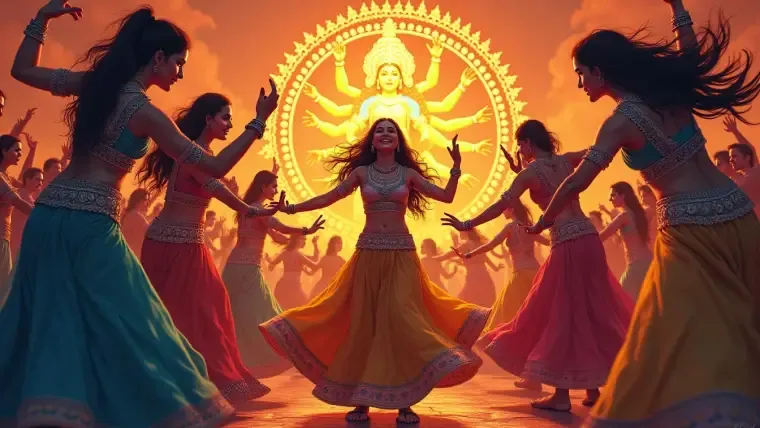
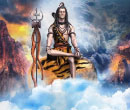














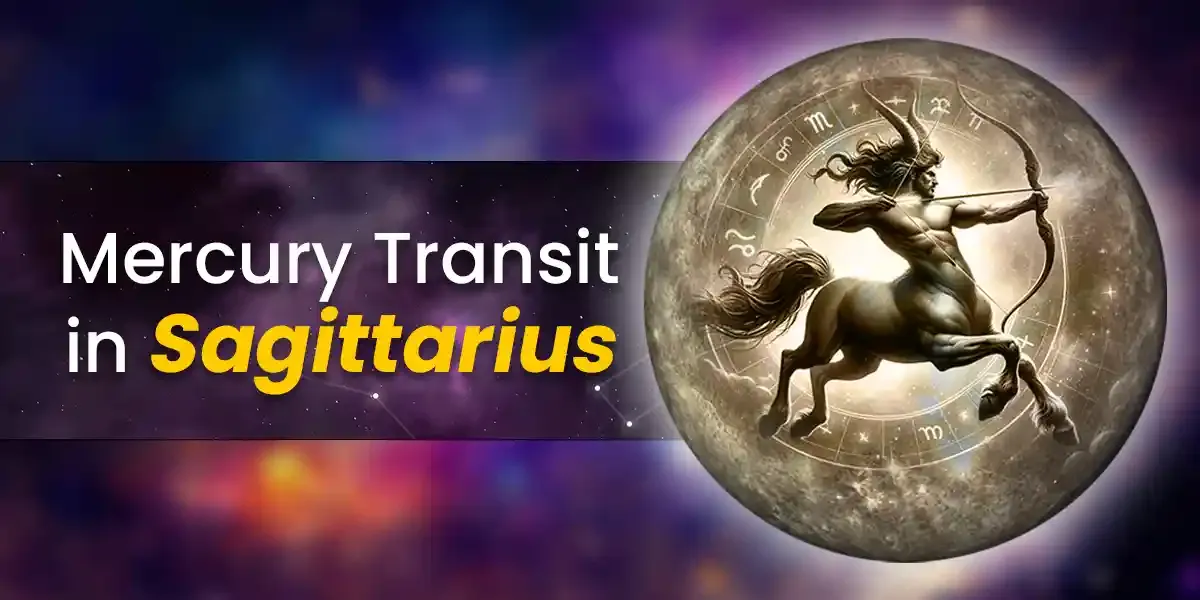
 Tarot Naveha | Thu, Dec 11, 2025
Tarot Naveha | Thu, Dec 11, 2025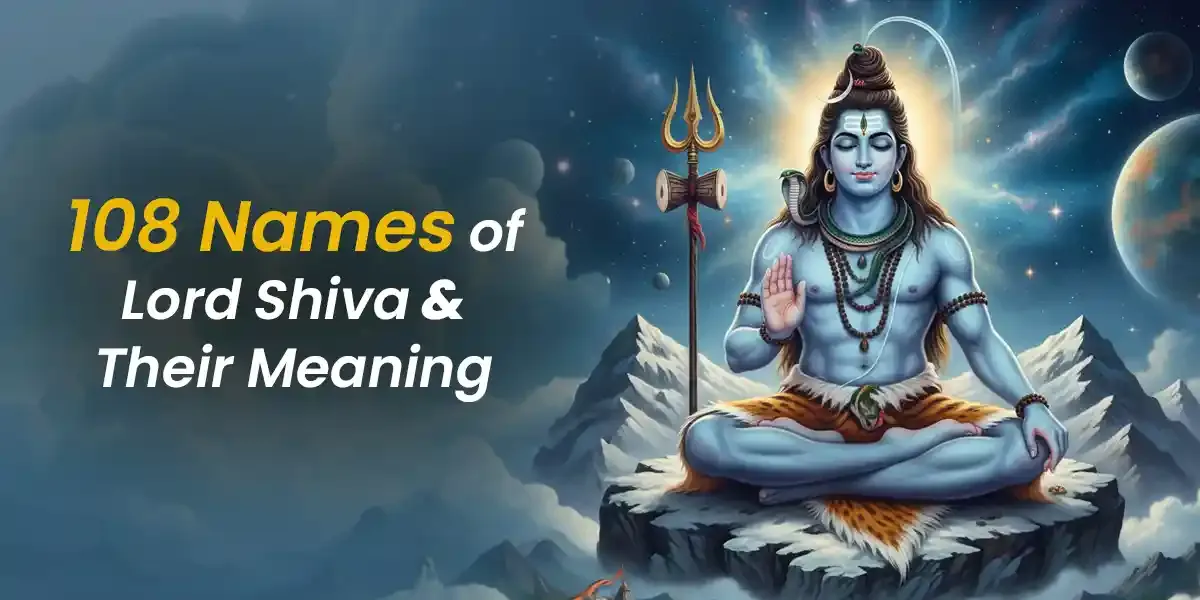
 Team Astroyogi | Tue, Dec 09, 2025
Team Astroyogi | Tue, Dec 09, 2025